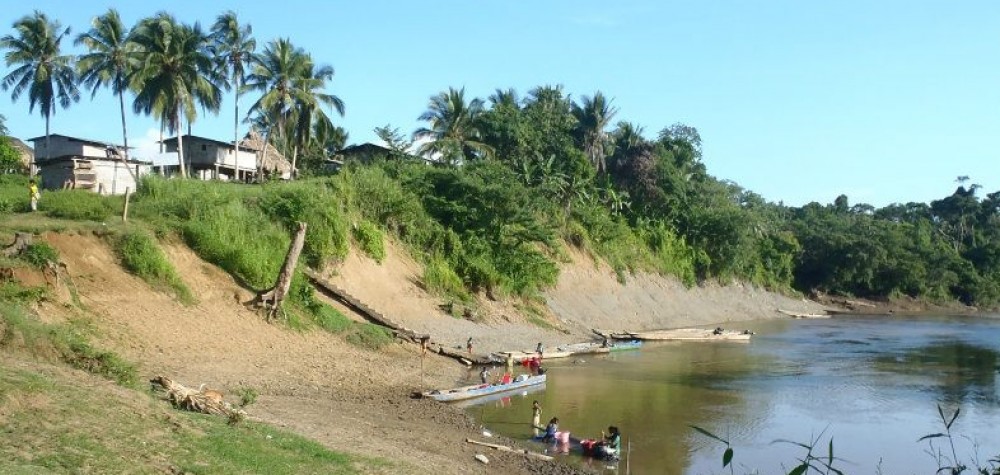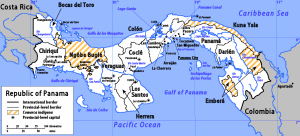Do people stop using their latrines properly after they run out of the dry material? Do they stop maintaining them after a few years? Let’s take a look at some of the basic data and see how this can show us how we can create better compost latrine projects.
Of all the latrines I looked at built in 2009 or earlier, 18 of 48 were used properly ( 38%) were still using them properly 5+ years later.
|
2009 and Earlier |
|
|
Total Used Properly |
18 |
|
Total |
48 |
|
% Used Prop |
38% |
50% of latrines built between 2010 -2014 were still being used properly.
|
Years 2010-2014 |
|
|
Total Used Properly |
23 |
|
Total |
46 |
|
% Used Prop |
50% |
Interestingly, when I looked at latrines built in just the last year or two only 47% were still being used properly.
|
Years 2013-2014 |
|
|
Total Used Properly |
17 |
|
Total |
36 |
|
% Used Prop |
47% |
There are a number of reasons that increased time might mean that the latrine isn’t used properly. Sometimes the family moves away and rents out their house (and latrine) to newcomers that don’t understand how the latrine works. People may simply not value the compost and no longer feel it is worth the time and energy to keep a constant supply of dry material. Some simply ran out of dry material one day and never went to get more.
What I find most interesting is that even in the most recent latrine projects, in the last 2 years (less than, really) only 47% of these latrine users are using them properly. In these communities people sometimes even had sacks full of dry material inside the latrine, but were just not putting in dry material after every use. This hurts my heart a little bit.
This leads me to believe that some people just don’t want to go through the required maintenance to harvest good compost. Some people are compost latrine people and some are not. Some fellow PCVs have noted this anecdotally already. The prevailing theory is to encourage pilot compost latrine projects and a serious vetting process to determine who will get a compost latrine. The theory follows that, first there is just one community latrine and one family is allowed to use it at a time. The volunteer can note whether the family is using it properly or not. If the family is using it well, they are eligible to receive a latrine, but if not, they will not. This is a great strategy, because, as we’re seeing, some people just do not want to take the time to maintain the latrine and we should not be spending 4-5x the cost of a pit latrine, if what people actually want is a pit latrine.
Another thought is that instead of having “compost latrine projects” or “pit latrine projects” maybe it’s time to just have “latrine projects” and allow each family to chose which type of latrine will be best for them. I like this idea for a few reasons:
- They would actually have to think about it. And decide. Sometimes when foreigners come in and offer a potential new technology, people just want it because it’s free. It’s kind of like college kids and free pizza. Hopefully this would help reduce the number of people that want compost latrines just because they are free. Since they have to actually make a choice, hopefully they will more seriously consider both the advantages and disadvantages of both types of sanitation and have a more full understanding of each technology.
- We might be making the health situation worse. Dessication (or the killing of pathogens by essentially drying them out) is probably the primary method of pathogen (dangerous bacteria) destruction in compost latrines. If people are not putting in dry material and then USING the compost or at the very least, removing the compost – which people have told me they do – then we have a huge problem. They are essentially handling only partially composted raw sewage, which is still very dangerous. This is both WORSE for the environment and for the public health of the community. The last thing we want to do is build latrines that worsen the public health of the community.
- Safety. As opposed to the previous option mentioned, everyone would still be eligible to receive a latrine if they are interested in having one, and willing to at least attend the meetings and comply with the project. In some of these communities there are no existing latrines. I’ve heard stories of children being bitten by snakes while going out into the jungle to poo. Everyone should have a decent place to use the bathroom. Just because I, personally, think compost latrines are the sh*t (pun intended), doesn’t mean that everyone will, or should. We should respect personal sanitation preferences. As long as pit latrines are well-sited they won’t contaminate the water supply.
This plan is not perfect. This would require more logistical work and preparation on the part of the volunteer. It would also require a discussion with each family to help them decide what is best for them. People may also feel like it’s “unfair” that some families will receive more materials, because compost latrines require more materials than pit latrines, and complain that the project isn’t fair. Hopefully they are able to recognize that the decision was theirs and they have to stick to what they decided.

